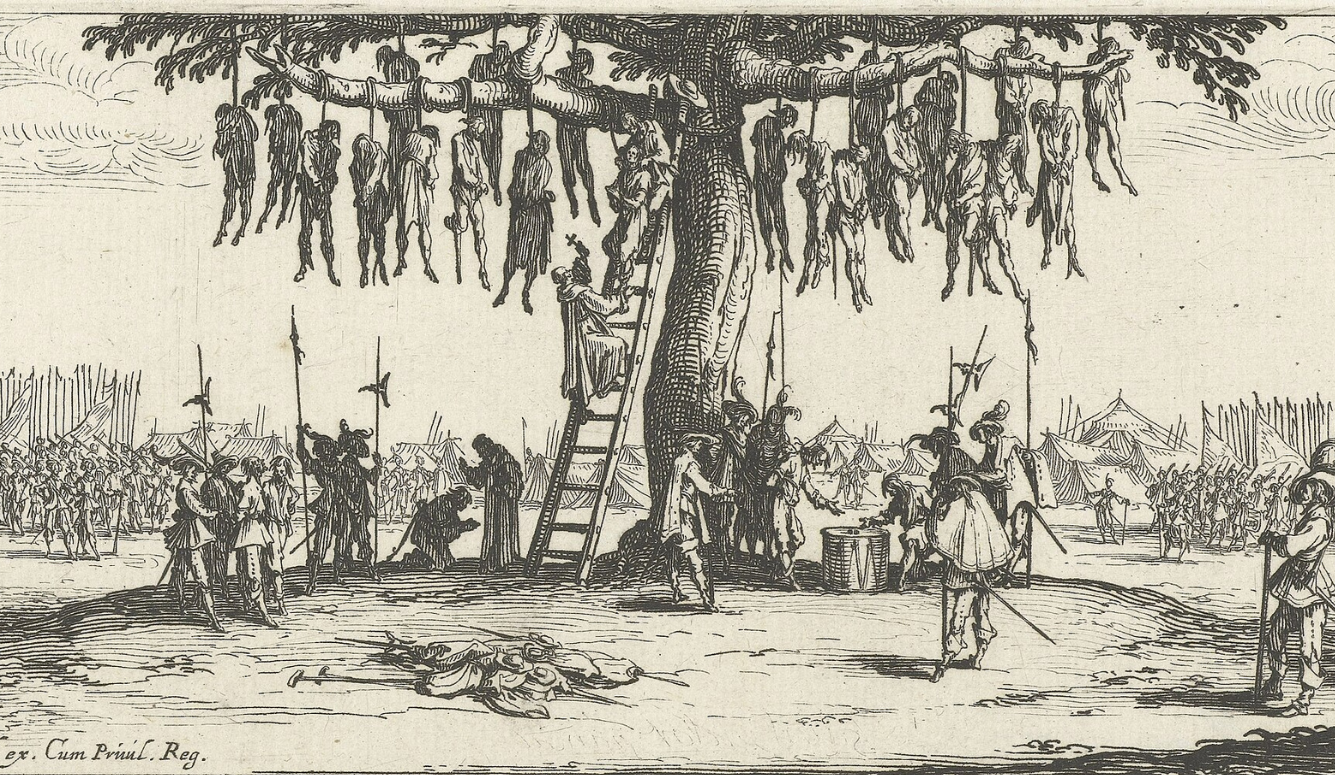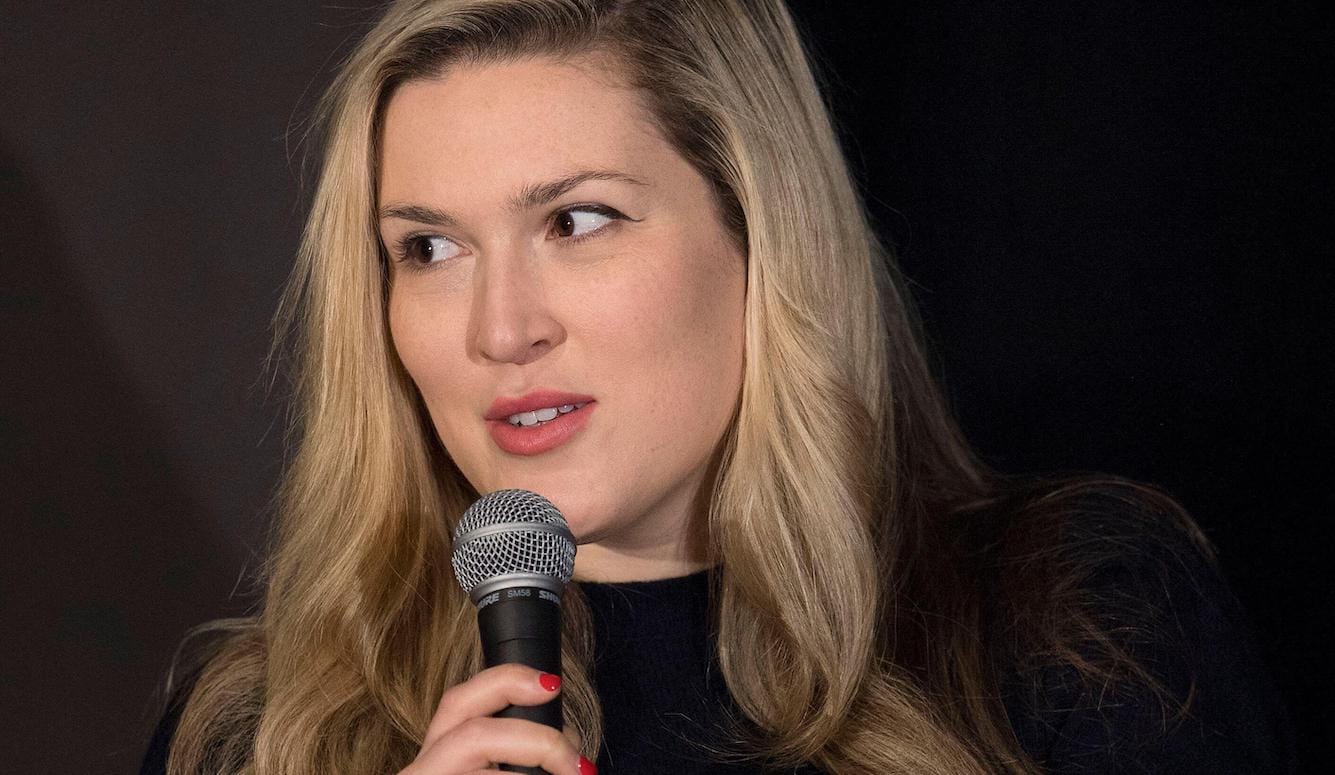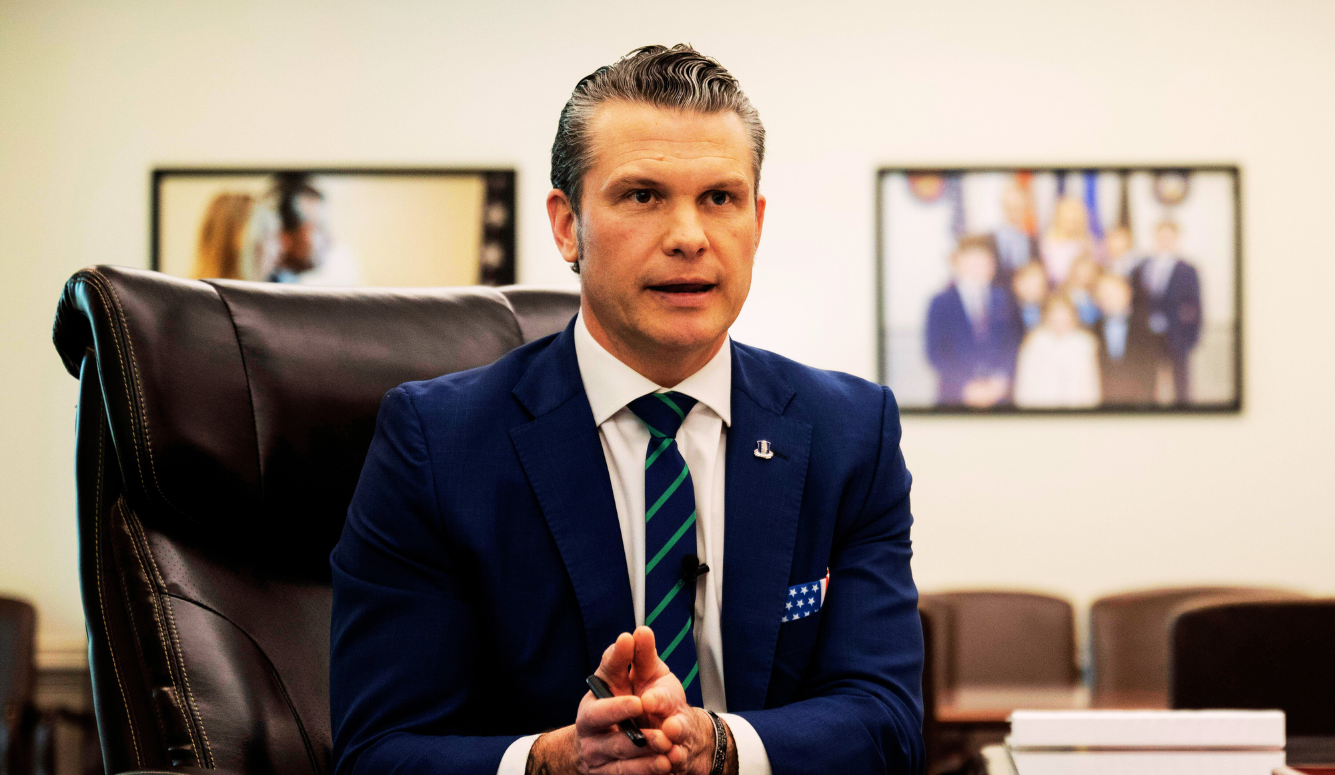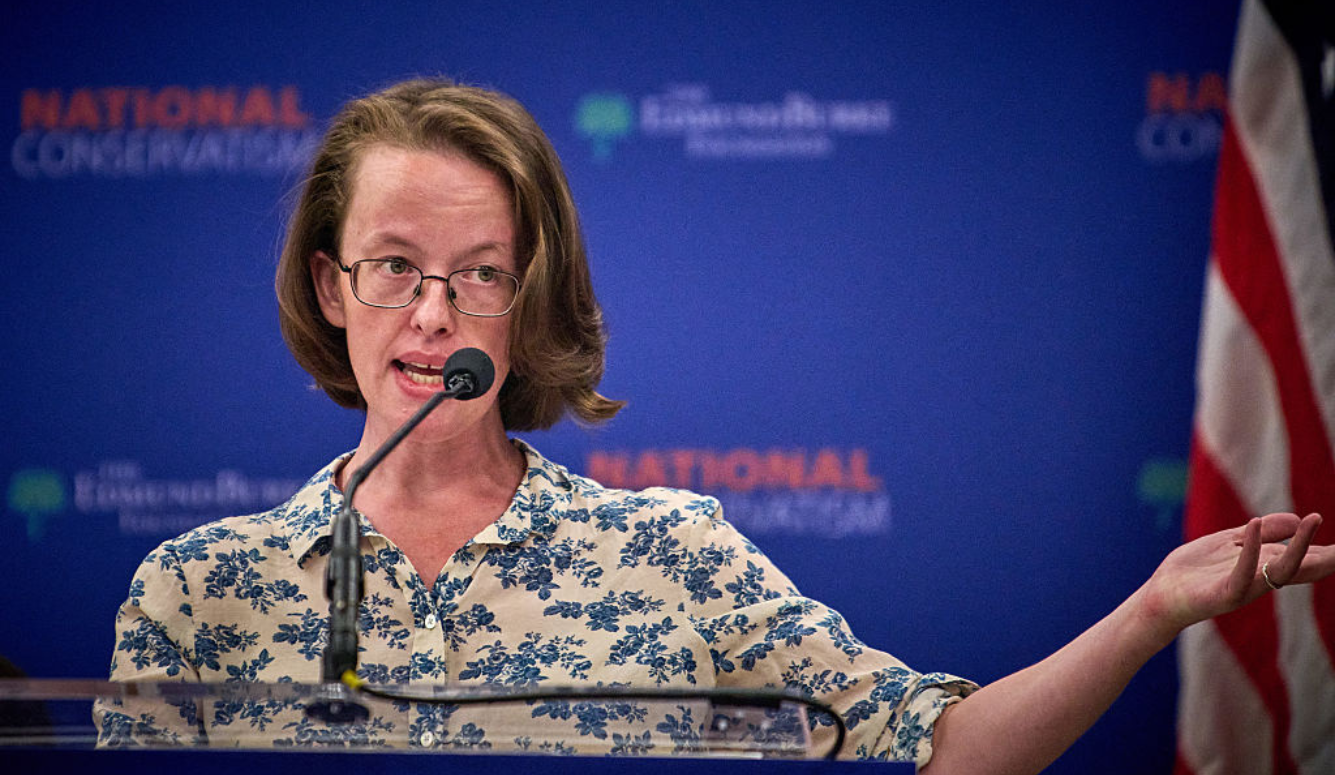Top Stories
The Case Against Factory Farming
Like many practices, there are benefits as well as costs: meat from factory farms is cheaper than meat from free-range animals, often about half the price.
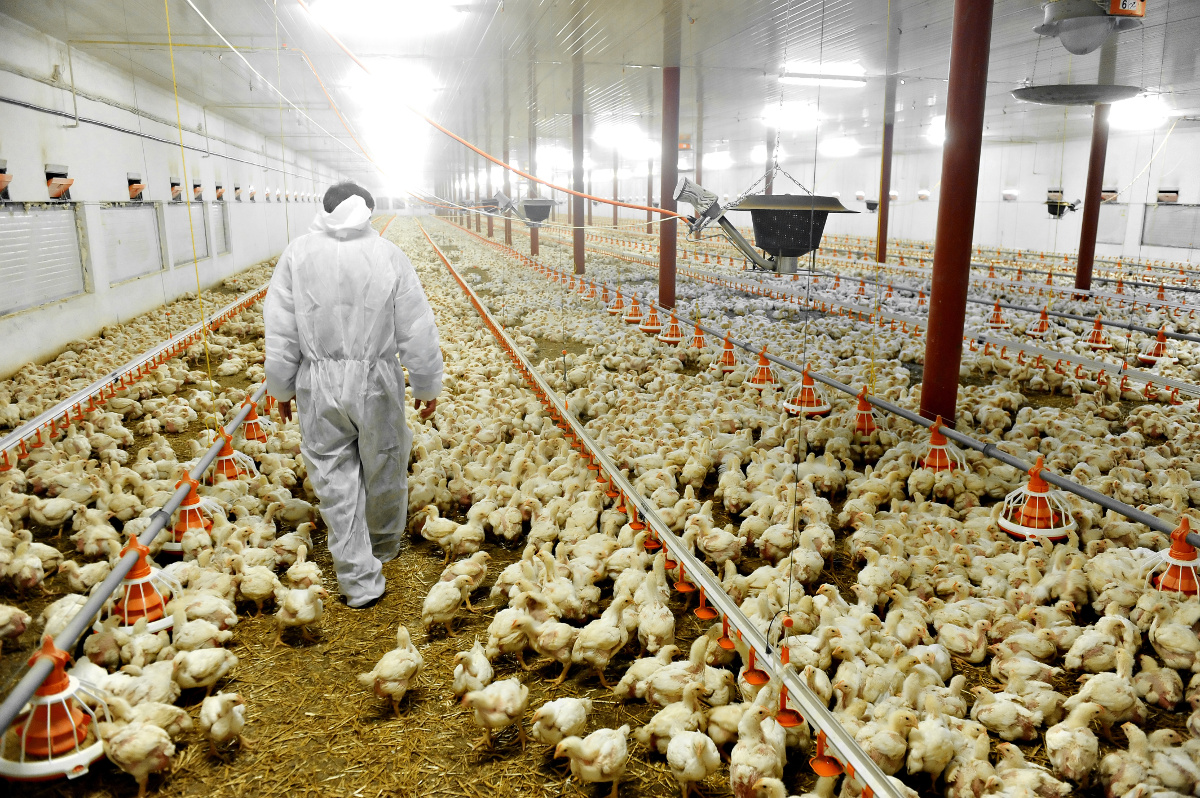
Imagine a world in which every time you tied your shoes, you contributed to a process that resulted in the unintended death of thousands of people around the world. In this world, like ours, shoelaces are useful: they save time, are a little cheaper than using Velcro ties, and more convenient than wearing slip-on shoes. But when everyone ties their shoes, lots of people die, and many more suffer.
This is a strange world to imagine, but it is a lot like the world we live in. The culprit isn’t tying shoelaces, of course, but consuming factory farmed meat. Factory farms are wicked places – one of the last bastions of legally sanctioned cruelty toward animals. But more than this, they are bad for human health.
Like many practices, there are benefits as well as costs: meat from factory farms is cheaper than meat from free-range animals, often about half the price. This is partly because factory farms allow animals to occupy less space, which makes their production cheaper, and this savings is passed on to consumers.
Deadly Viruses and Resistant Bacteria
But despite the gains to some, the costs to everyone – those who consume factory farmed meat, and those who do not – are staggering. And the costs are not reflected in the sticker price of meat in supermarkets and at restaurants. Some of these costs come in the form of zoonotic viral infections, like Avian flu and Swine flu. These often life-threatening strains spread between animals, and from non-human animals to people. In fact, all forms of the influenza virus that currently infect us probably derive from our initial domestication of animals about 10,000 years ago. But the modern practice of packing animals together on factory farms creates ideal conditions for new strains to emerge and spread between animals and people.
Zoonotic viral infections are one kind of cost, but antibiotics are the main threat to human health from factory farming. Contrary to popular opinion, the problem is not that antibiotics are passed along from animals to people who eat them, and that this is bad for our health. Instead, the problem is that the more antibiotics we give to livestock, the more we encourage the emergence and spread of antibiotic resistant bacteria.
By using antibiotics unnecessarily, we are not usually creating new kinds of resistance, but instead encouraging pre-existing resistance mechanisms to spread between bacteria, and for those resistant bacteria to proliferate.
Eukaryotes, which include people, can evolve rapidly through sexual reproduction. As strange as sex is – each of two independent organisms swapping their genes to create a hybrid – the bacterial equivalent is even kinkier than a San Francisco night club. Bacteria reproduce by cloning themselves, but they evolve throughout their lives by promiscuously swapping genes with other bacteria and by extracting genes from the viruses that parasitize them. This allows them to adapt to new environments quickly: in a lethal environment a small number of bacteria are likely to have some advantage over the trillions that die. And this advantage comes either from a random genetic mutation, or from the lateral transfer of genes from one bacterium to another.
Some genes allow bacteria to fend off the antibiotics that plants, animals, and other bacteria use to destroy them. These naturally occurring antibiotics have existed for billions of years, as part of an unending evolutionary arms race with bacteria. Like their naturally occurring cousins, synthetic antibiotics made in a lab usually involve penetrating a bacterial cell wall and disrupting DNA synthesis, or otherwise slowing or stopping bacterial reproduction.
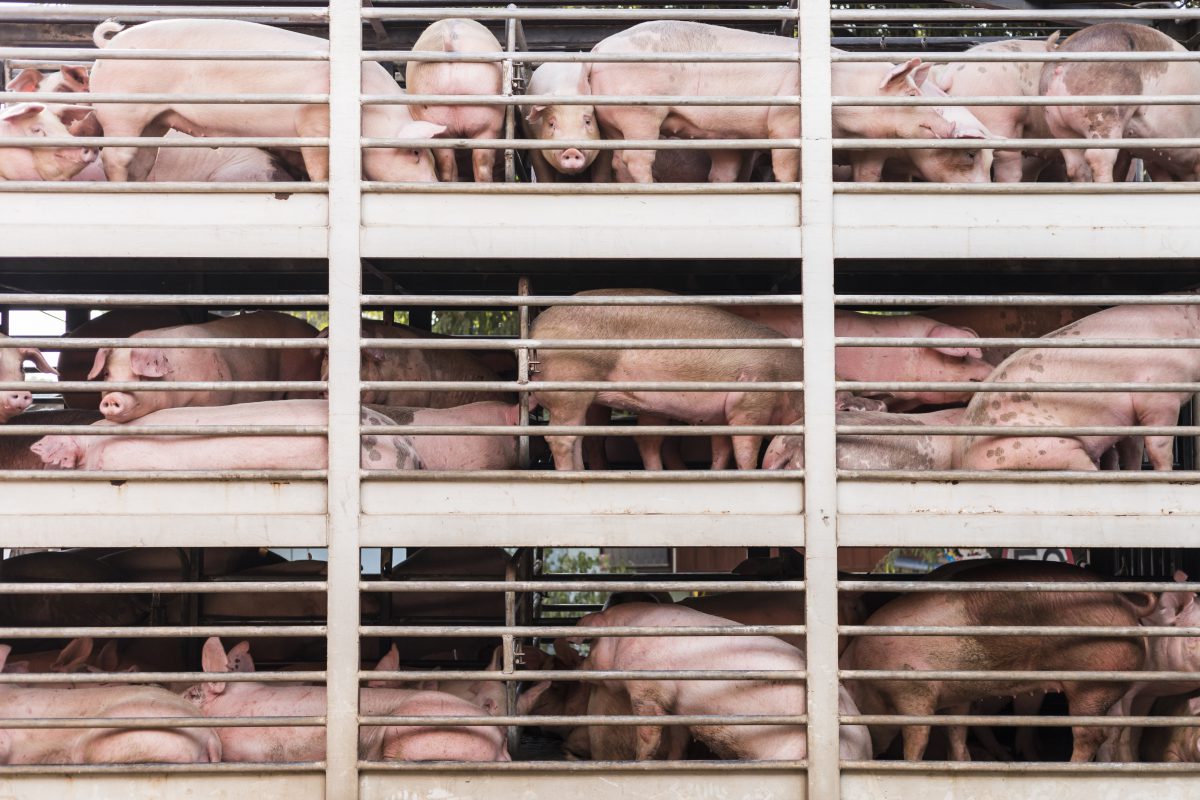
All a bacterium needs to survive an antibiotic onslaught is some way to either block the penetration of antibiotics by building up a thick cell wall, degrading the chemical with enzymes, or pumping out the chemical if it penetrates their bodies. Once that happens, it’s off to the races. The lucky bacterium multiplies rapidly and spreads its resistance to other bacteria.
On factory farms, once new resistant strains of bacteria emerge, they are passed along to farmers who work with animals, workers who slaughter animals, consumers who eat meat, and people in the more general environment.
We live in a bacterial world. The average person hosts about 40 trillion bacteria at any given time, and we constantly swap bacteria with each other, and with the environment around us. So even though the overuse of antibiotics tends to affect those closest to the source of resistant bacteria – whether animals or people – over time, strains of bacteria that are resistant to antibiotics can spread through trade and travel among people, and through soil and streams around factory farms.
The problem has been studied for a long time, and for more than a decade the European Union has banned antibiotics for growth promotion in farm animals, and tried to impose minimal standards that increase animal welfare and reduce the need to use antibiotics. The US and Australia have begun to follow suit, driven by consumer demand for antibiotic-free meat, and threats of government regulation. But most developing countries are moving in the opposite direction, with explosive growth of antibiotic use in both people and animals in China, India, Pakistan, Egypt, and most sub-Saharan African countries.
Pricing Pollution
Genes that confer resistance to antibiotics can be thought of as a form of pollution in our common microbial environment. This is true whether antibiotic resistant bacteria come from factory farms or hospitals. Either way, the spread of antibiotic resistance is a byproduct of the widespread use of antibiotics – especially when antibiotics are used at sub-therapeutic doses, which is enough to kill off most but not all of the bacteria they are used to destroy.
A common way to handle pollution is to tax its source. If we taxed antibiotics at a high enough rate, farmers would have powerful incentives to change their practices. This would increase the price of meat, but it is not especially onerous to get more protein from plant sources, or to purchase meat from restaurants like Chipotle and grocery stores like Whole Foods, which only buy from farms where animals are treated reasonably well and never given antibiotics.[1]
One of the benefits of pollution taxes is that they encourage socially beneficial behavior, and send signals to entrepreneurs to come up with better ways of creating products that reduce prices and pollution. For many years, scientists have been working on producing “in vitro” meat made in a lab rather than raised in a barn. Laboratory meat can even be created to be more healthy than traditional meat. While some find this process creepy, imagine the vast amounts of suffering we could avoid if we could create meat from stem cells rather than by inefficiently raising and slaughtering walking slabs of meat that can feel pain, get sick, and spread disease.
Imagine a world free of unnecessary pain to animals, a world without the threats of Avian and Swine flu, a world in which we used antibiotics for people rather than squandering them on animals made sick by production practices that will make our descendants wince.
End notes:
For an elaboration of these arguments, see:
- Jonathan Anomaly, “What’s Wrong with Factory Farming?” Public Health Ethics (2015)
- Jonathan Anomaly, “Ethics, Antibiotics, and Public Policy” Georgetown Journal of Law and Public Policy (2017).
For an overview of the problem of antibiotic resistance, and potential policy solutions, see:
- Michael Greger, “The Human/Animal Interface: Emergence and Resurgence of Zoonotic Infectious Diseases.” Critical Reviews in Microbiology (2007).
- Marshal and Levy, Food Animals and Antimicrobials: Impacts on Human Health. Clinical Microbiology Reviews (2011).
- Thomas van Boeckel et al, Global Trends in Antimicrobial Use in Food Animals. Proceedings of the National Academy of Sciences of the United States (2015).
- Jim O’Neill et al, Tackling Drug Resistance Globally, British Review on Antimicrobial Resistance (2016).
*parts of this essay originally appeared in Encompass magazine at Duke University.
[1] I should emphasize that while Chipotle and Whole Foods have exemplary standards for animal welfare and antibiotics, they are wrong to reject the use of Genetically Modified Foods. This trend is driven by a widely shared but misguided consumer belief that GMO foods are bad for human health or the environment.


